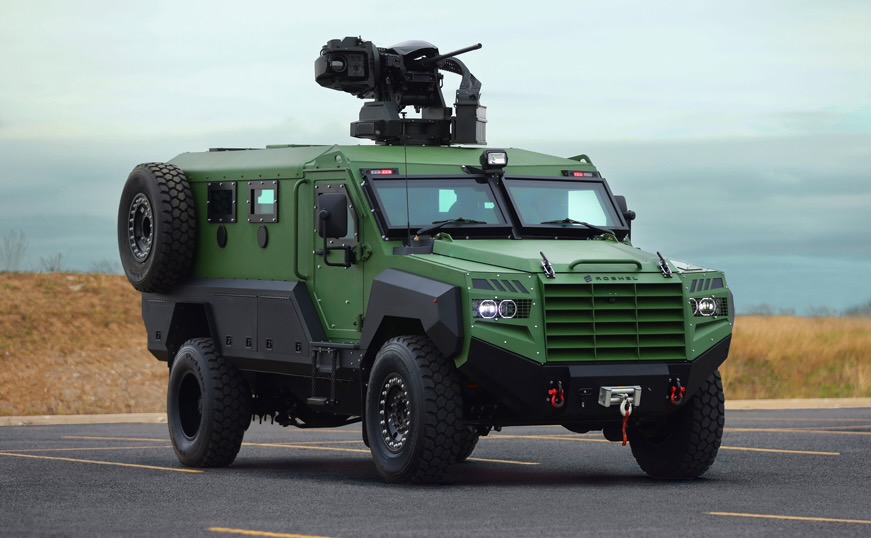A Canadian-made armored vehicle from the Roshel company withstood a direct hit from a Russian FPV drone, saving the lives of Ukrainian soldiers.
The National Guard’s Special Purpose Center OMEGA has released video footage from a soldier’s body camera capturing the aftermath of the strike. According to the report, the drone attacked the soldiers as they were heading to carry out a combat mission.
“The entire team was at the epicenter of the explosion. Fortunately, all of the special forces soldiers survived. After a successful evacuation, fighters from the 5th Special Purpose Detachment ‘OMEGA’ completed their mission,” the National Guard states.
The unit added that these images should serve as a reminder of the extreme conditions Ukrainian special forces face daily on the frontline.
Earlier, Ukrainian forces launched a successful maritime drone strike, destroying a high-value Russian Nebo-M radar complex near the village of Mayak on northwestern Crimea’s Tarkhankut Cape.
This marked the first known instance of Ukrainian naval drones deploying munition-carrying quadcopters mid-mission, expanding the offensive utility of these platforms beyond carrying FPV kamikaze drones.




